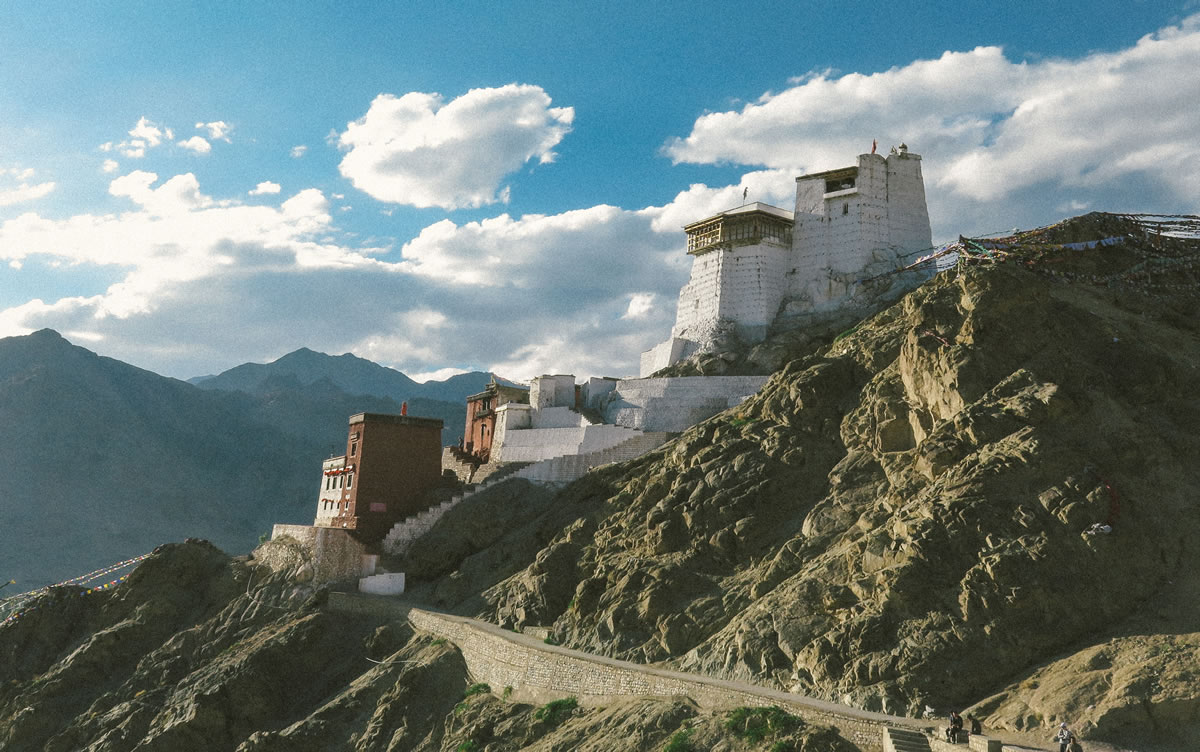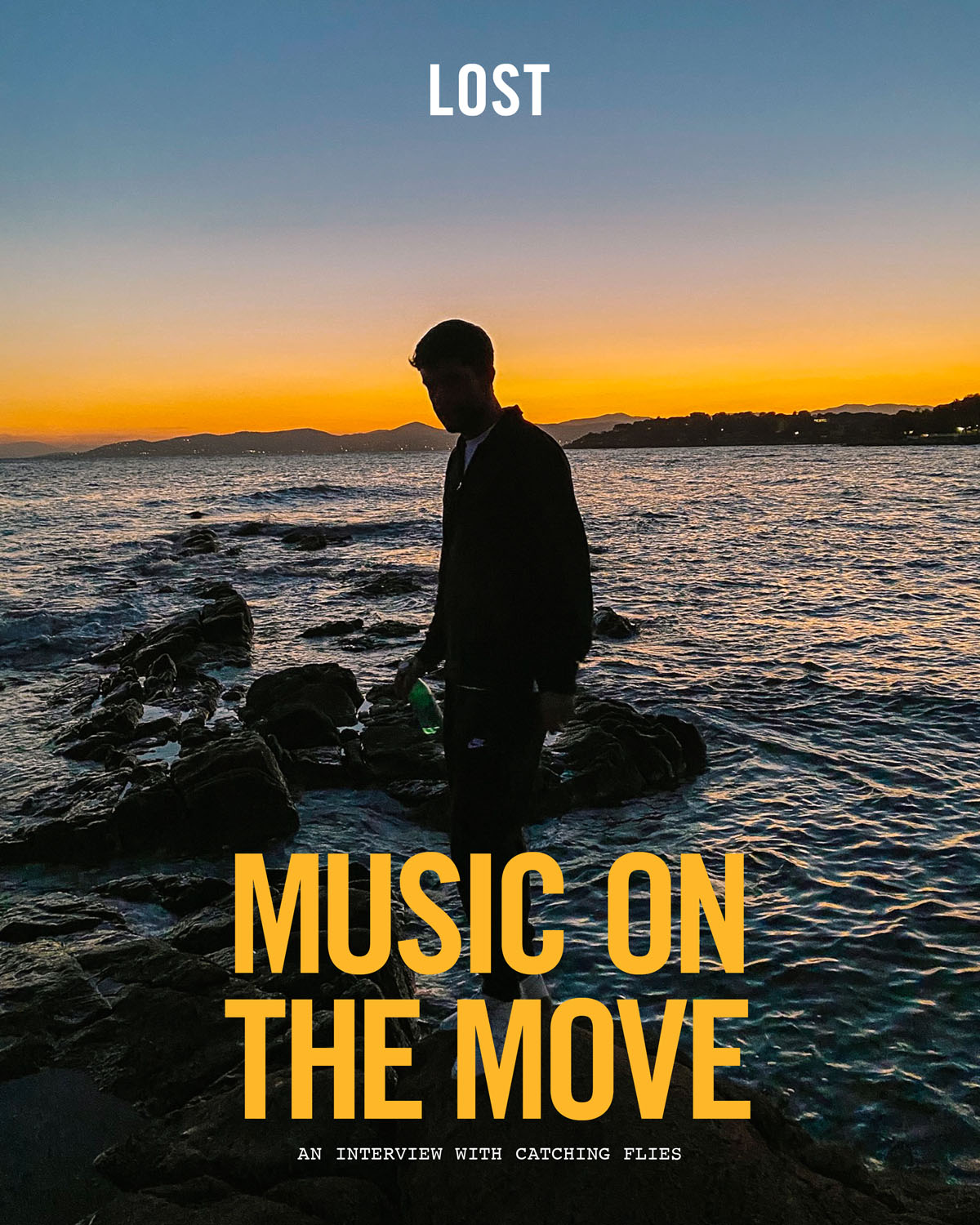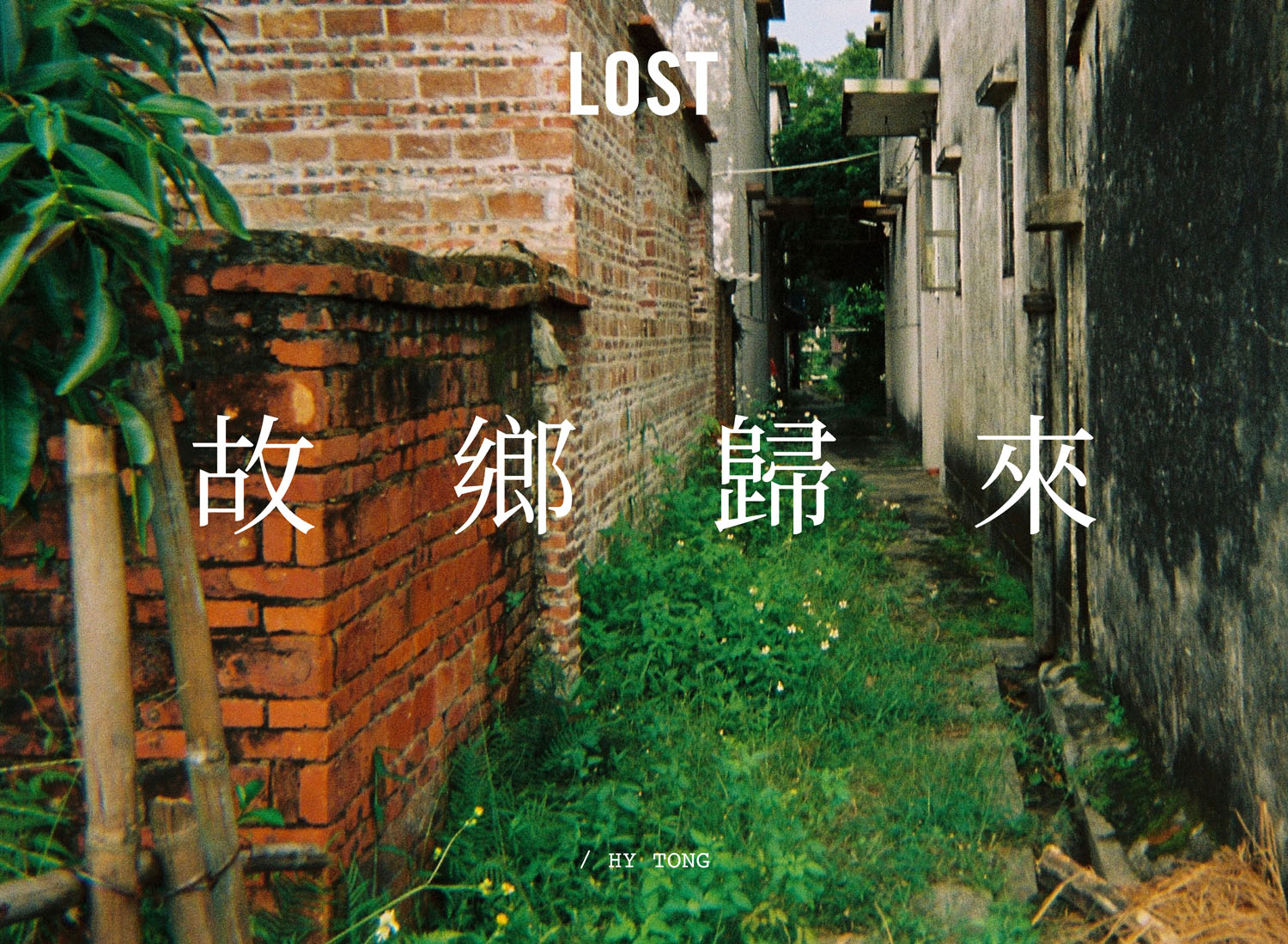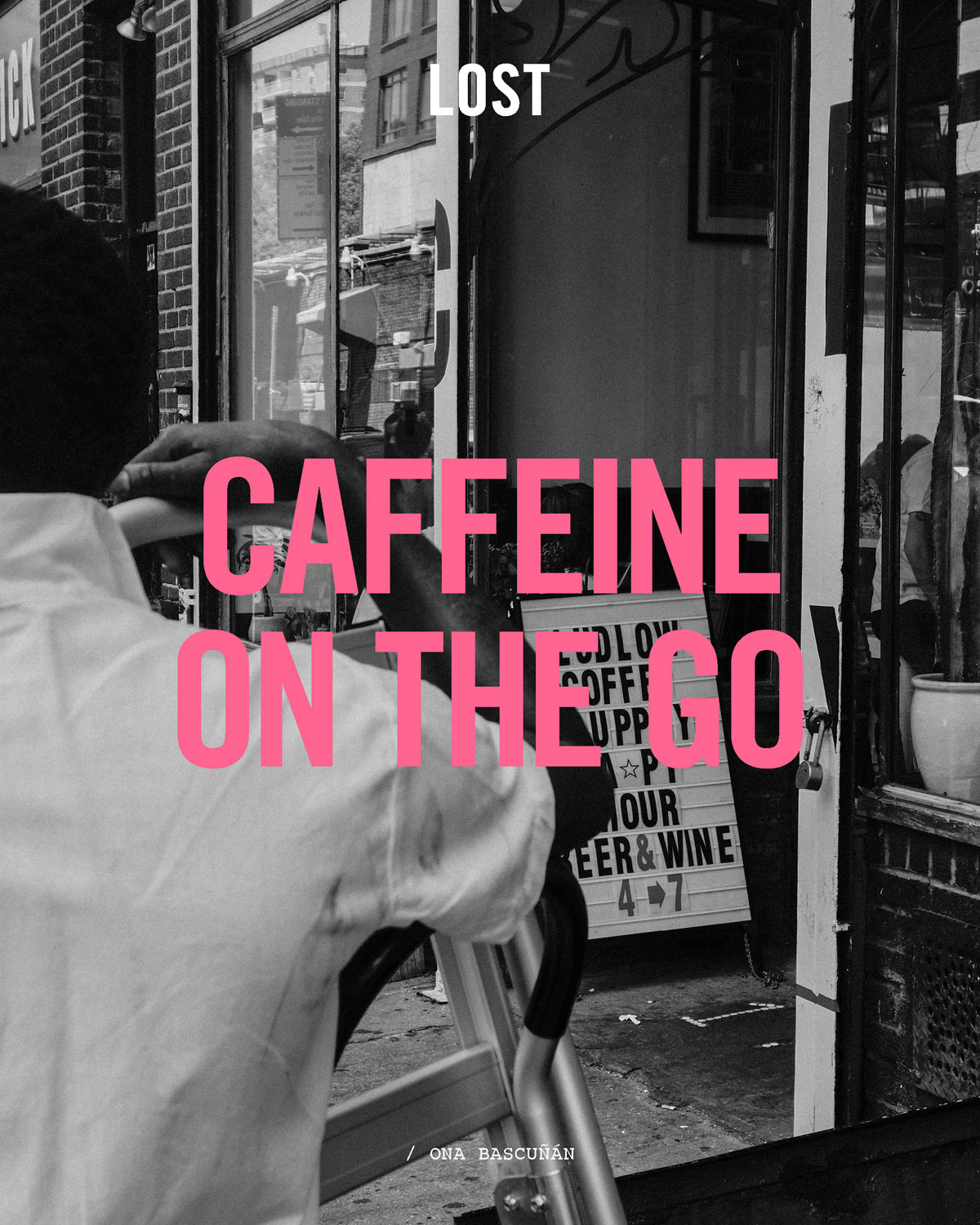BY KIM FELDMANN
The city of Leh, India, is one of the coldest and most elevated inhabited regions in the world, that exhales cultural diversity through its historical roots and location between two of the highest mountain ranges on the planet – the Himalayas and the Karakoram – as well as politically delicate borders with Pakistan and China (Tibet). For the past month I had been exploring its temples and shrines; eating an impressive array of curry; indulging in colors and smells; familiarizing with the maze-like streets. But aside from short conversations with bus drivers, guest-house managers, and cafe owners, I had yet to establish a deeper bond with the people of Ladakh. The region was a vortex of cultures and I sensed it had more than pretty sights and polychromatic buildings to offer. So I set off in search of a less agitated environment, hoping to find more profound human interactions. The aim was to hike a stretch of the Markha Valley Trek – a route that would fit both my travel schedule and wish to be in contact with the Ladakhi natives.
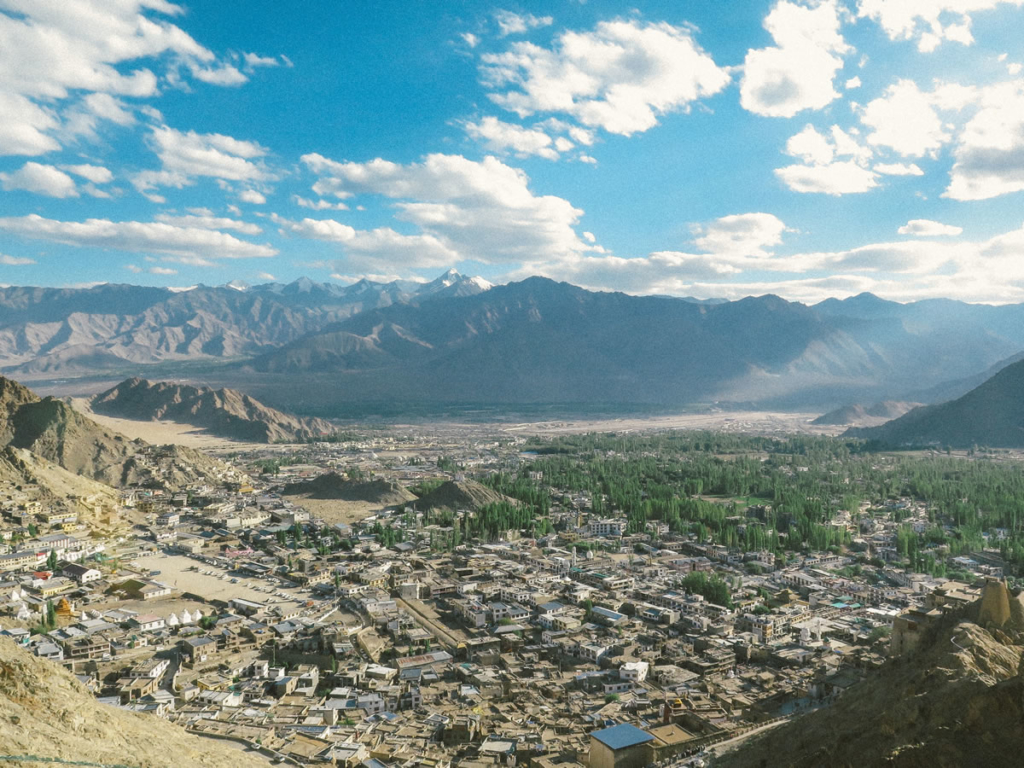
As soon as I made my way out of Leh I felt the weight of the sun looming over me. There were no more buildings to provide shade; trees appeared sporadically, ineffective at blocking the beams of light. A thick, gray river dug a massive canyon along the arid valley that surrounded the city of Leh, snaking southbound all the way up to the Stok mountain range. I noticed a change in the landscape as I moved away from civilization: the orange-yellow of the sand – an exquisite reflector of sunlight – turned into a mix of purple, yellow and green, which seemed to absorb light rather than reflect it. The riverside track took me up and down through low passes between the mountains and narrow paths on cliff-edges, until I reached the village of Rumbak several hours later. As I approached the first house of the settlement two sunburned, fluffy cheeks screamed ‘hello’ from a yellow-framed window. They leaned against the windowsill, one hand calling me over, the other holding a cookie up high; their radiant smiles covered in crumbs.
Their grandmother – a plump figure with an honest smile and distinctive northern Indian lineaments – welcomed me at the door, pointing to a sign that read ‘home-stay’ while requesting that I took my shoes off. Inside the house, a rustic wool carpet covered the living-room floor and assisted the central stove to keep the place warm and cozy. Tea and biscuits were immediately served – as foretold by the kids and envisioned by me. Neither of them spoke a word of English, and my Ladakhi vocabulary was limited to ‘how are you’, ‘thank you’, and ‘water’. But among nods, smiles, and gestures we agreed on a price for my stay. After about a liter of tea and a kilo of cookies, I clasped my hands and placed them next to my ear, tilting my head sideways as if saying “I would like to sleep”. She ordered the kids to show me to my room and they did so by grabbing my hands and dragging me upstairs while chatting with each other excitedly, their mouths still full of cookies. I indulged in a power nap.
My dreams were interrupted by soft knocks on the door. On the other side, the kids mimicked some sort of invitation, possibly to go for a stroll, their faces still dusty with crumbs. We perambulated around the nine-family-village, erected in traditional Ladakhi-Buddhist style: clay walls, square-shaped, pale-colored, and flag-laden. Animals lived underneath, in the “garage”, and shoes stayed outside. Goat skulls were set on top of gates and fences throughout the village and I struggled to identify if they meant to frighten or decorate. A powerful, vibrant energy enveloped that tiny highland oasis; colorful flowers flourished, and tall, green grass danced gently in the breeze. There was a huge contrast with the world on the other side of the mountain range, where the air was characterized by dust and dryness, and patches of grass were scarce due to the congregation of houses that made up the city of Leh. The mountains also seemed to speak a different, more inviting language, as if the valleys verdancy and fresh breeze allured you to “blow all worries away”.
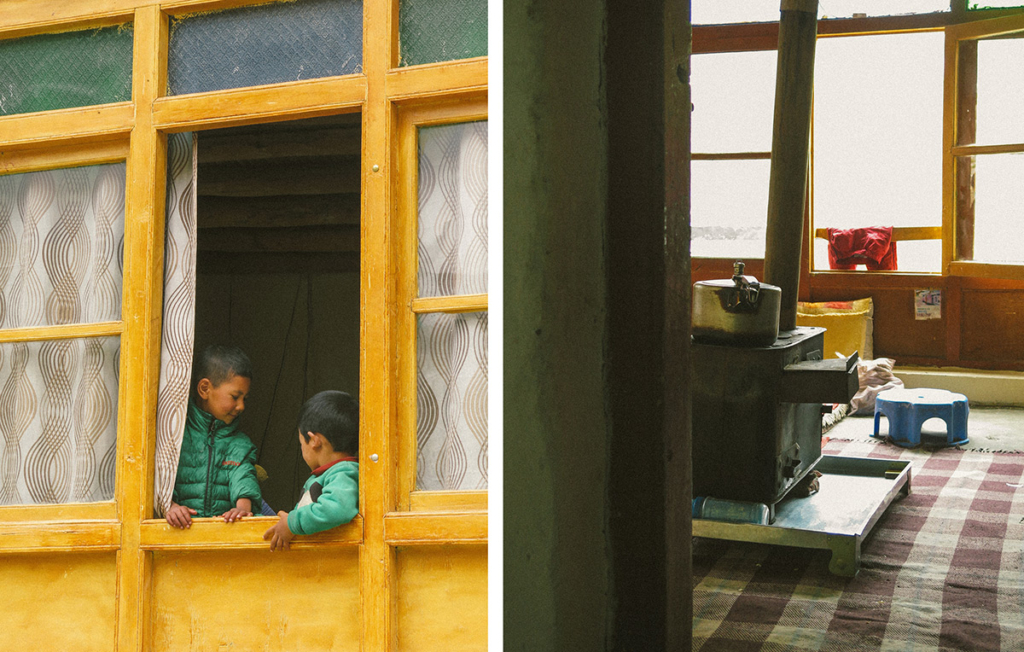
As the sun began to set, I retreated home in the hope of another liter of tea. Instead, I found the grandmother cross-legged on a large blanket laid by the porch, sifting wheat. I sat next to her and observed the agility with which she handled the sieve. Unsatisfied with my inertia, she mumbled and handed me the bag of wheat, as if telling me to stop staring and do something. At first I was in charge of organizing the bags and pilling a mountain of raw wheat next to her, but eventually I was promoted to sifting, to much her arms’ joy. It was a tough job – definitely more difficult than buying a bag of flour from the shop – that required not only strong arms but also fixed attention to the grains so not to overlook any rock sediments. Once we had separated all wheat, she went on to milk the cows, then prepare dinner. I was astounded with the old lady’s stamina; my legs were already tired after a quick stroll and I couldn’t stop thinking about a hot cup of tea. No doubt they lived a hassle-free, simple life – but even the simplest of lives required some degree of discipline and work. Yet, to see the kids helping their grandmother with the buckets of milk while eating raw wheat was a reassurance that such hard work was worth it. I remained outside for some time, watching as the sky filled with stars and reflecting on the day’s interactions. That night I delighted myself in home-made Skyu (Ladakhi gnocchi), and fell asleep to the humming of Buddhist chants.
In the morning, I was again awoken by a soft knock on my door. The faces that on the previous day had been covered in cookie crumbs were now smeared in chocolate. Without a word, they stretched their hands and guided me down to the living-room. My mini-entourage and I sat down for breakfast, while their grandmother sewed one of their socks. Suddenly I noticed that there was no apparent rush in anything they did, but rather a sensible acceptance that time simply goes by. The youngsters’ eyes were constantly gleaming under the effect of curiosity and I felt a bit of that inquisitiveness being transferred to my own molecules. I mused how it would be to grow up like that, so freely-trapped in a valley ten hours walk away from any bakery, school or hospital; distant from the latest developments in technology, or the newest fashion trends, yet ever so present in the moment. Their slow-pace lifestyle and simplicity made me ponder how well I had been prioritizing my own needs; their honest smiles and elementary sense of wonder prompted me to appreciate the mundane. A bond with the Ladakhi people emerged the moment I began putting myself in their shoes – something I realized I could have done even among the city chaos. Shortly after breakfast, I waved goodbye to that mountain haven, the two kids screaming ‘bye-bye’ from the same yellow-framed window they had said hello, their faces finally clean. I carried on with the hike, determined to reach the next village by sundown, hopefully in time for tea and cookies.
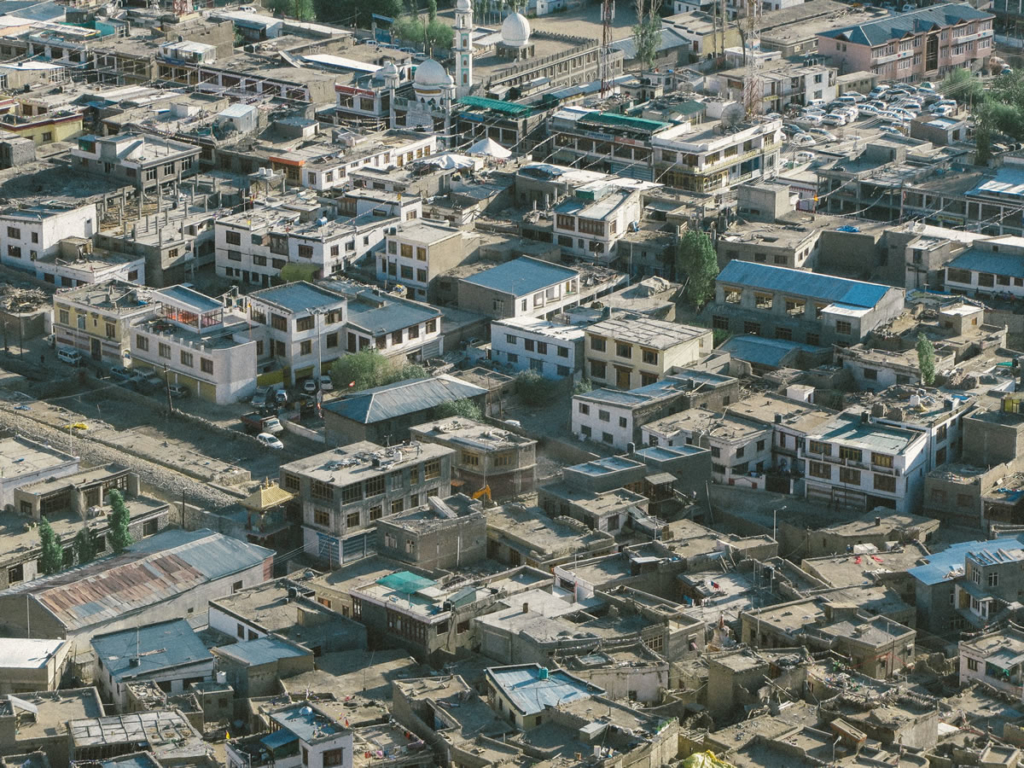

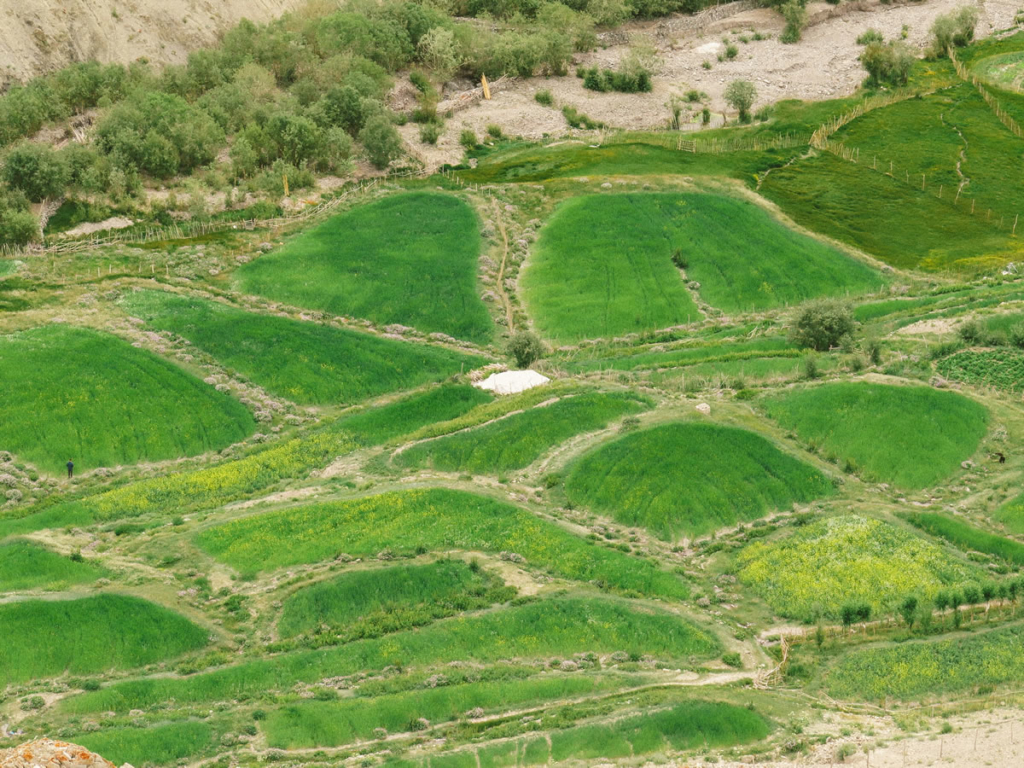
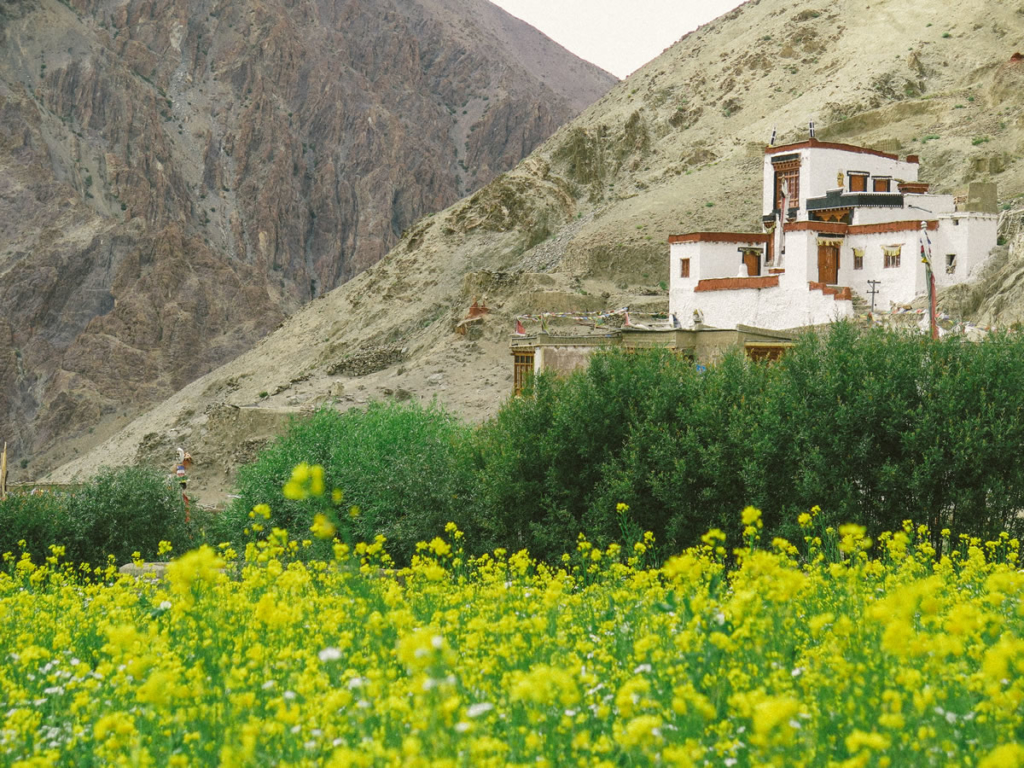
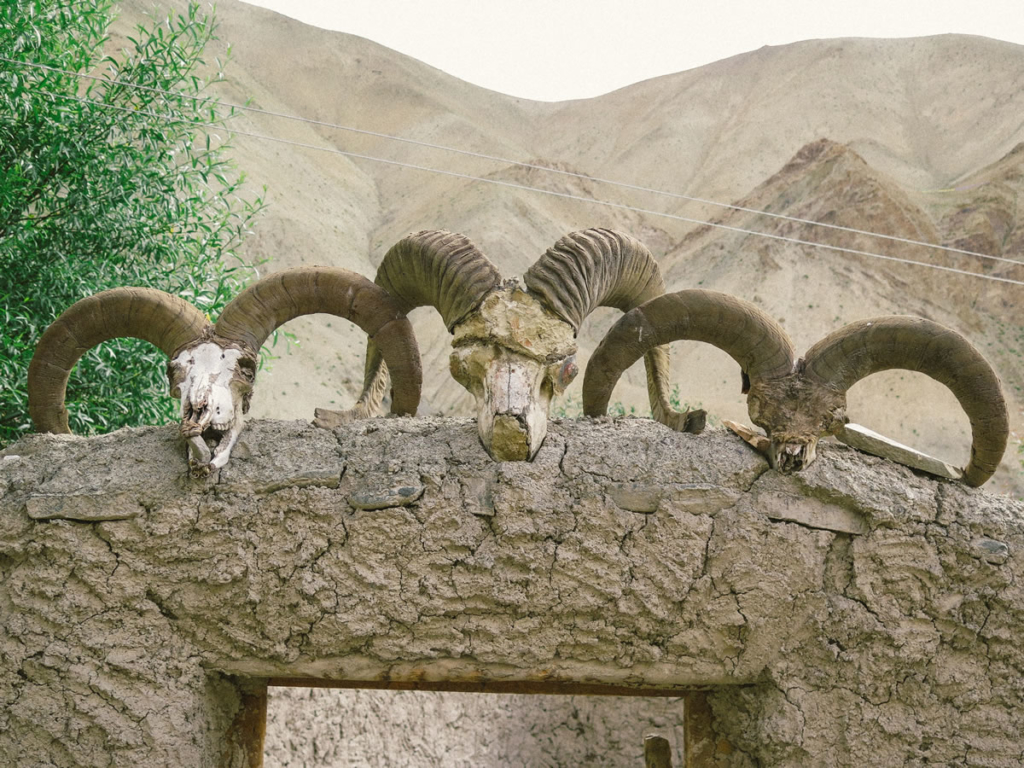
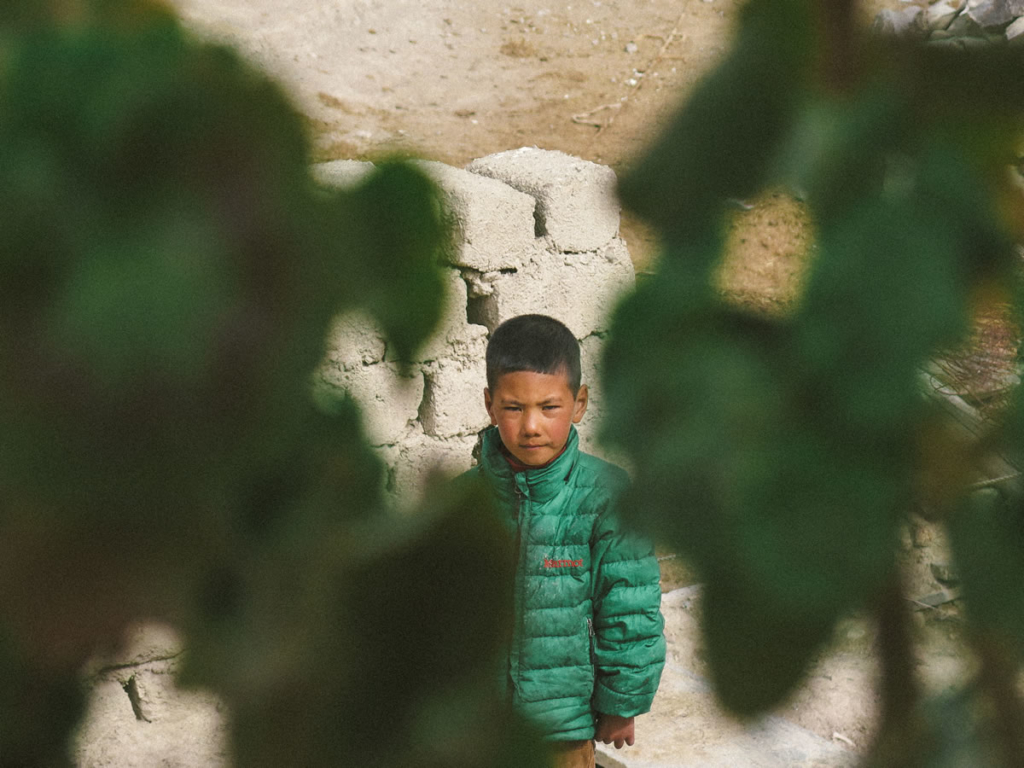
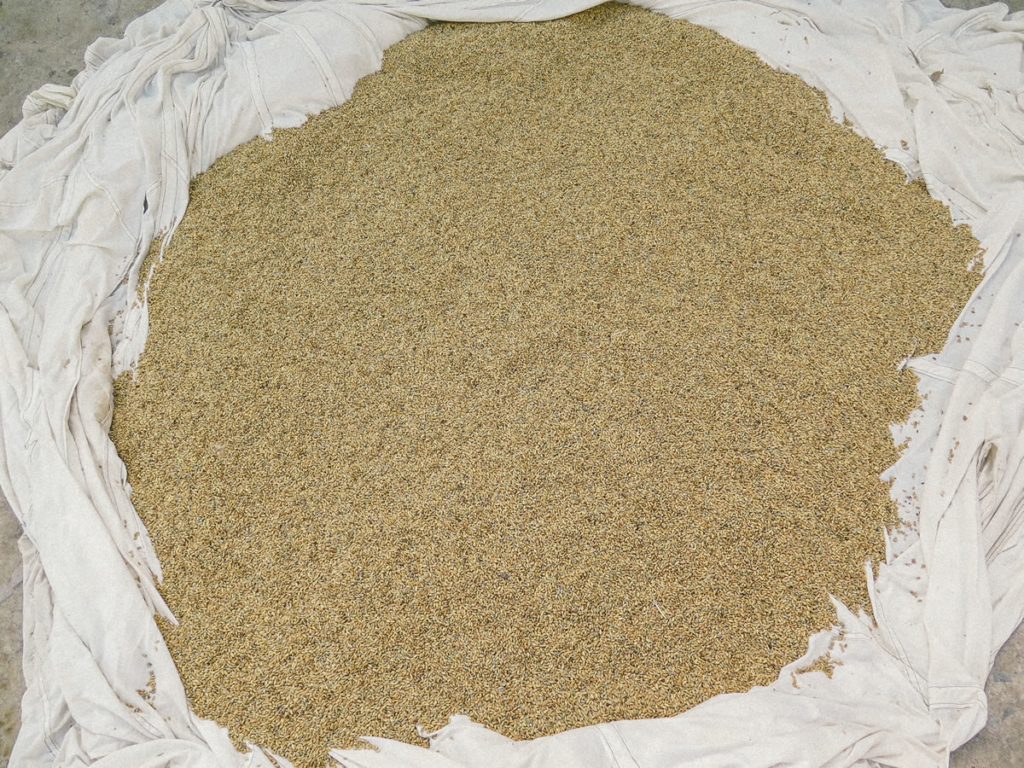
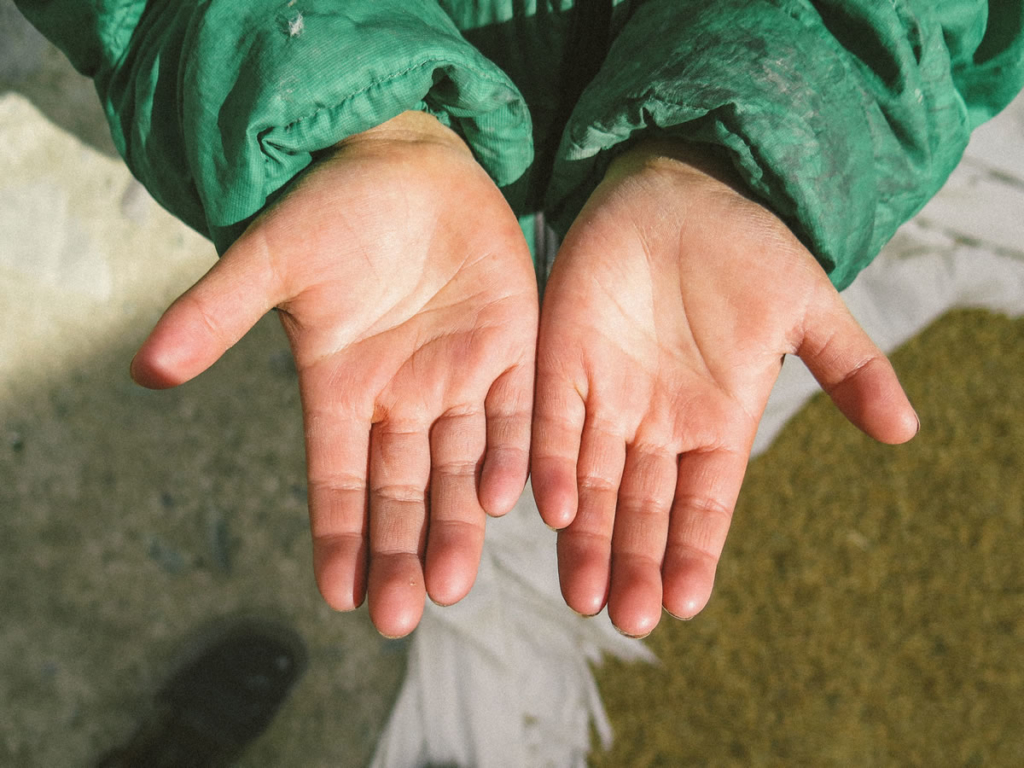
印度列城,世界上海拔最高最寒冷的居住地之一,紮根於地球上最高的兩片山脈——喜馬拉雅和喀拉昆侖山脈之間——亦與中國(西藏)和巴基斯坦之間有著微妙的邊界,歷史悠久,文化包羅萬象。過去的一個月,我一直在探訪這裏的廟宇和聖殿,品嘗一系列美味的咖喱,陶醉在顏色和氣味之中,並漸漸地熟悉列城迷宮般的街道。不過,除了與巴士司機、旅店掌櫃、餐廳老板有過簡短對話外,我還沒有和拉達克的人民建立更深的聯系。這裏是一個文化渦流,我能感知到它不止有美景和多彩的活動。於是我出發去尋找一個不那麽躁動的環境,希望能與人深入交流。我的想法是來一段馬爾哈河谷徒步之旅——這條路線既符合我的行程安排,又能滿足我與拉達克當地人接觸的心願。
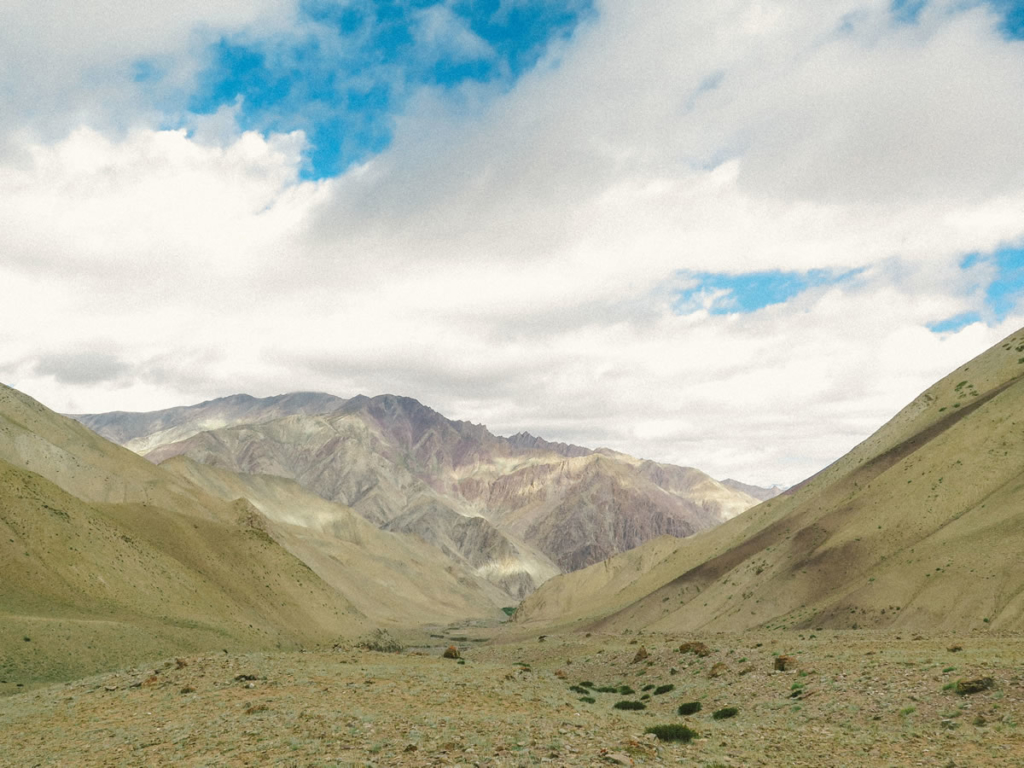
一出列城,就感到太陽的熾熱越來越近。再也沒有建築物提供陰涼了,樹木也只是時不時地出現,阻擋陽光的效果並不太好。一條寬闊的灰色河流沿著環繞列城的幹旱山谷,掘出一個巨大的峽谷,向南方蛇行直至斯多克山脈。跟文明世界漸行漸遠,我註意到周圍的景色也在發生變化:橙黃色的沙子——陽光精妙的反射物——變成了紫色、黃色和綠色的混合,看上去不再反射而是吸收陽光。沿河的小路帶著我上上下下,走過山中的小路和峭壁邊緣的窄道,幾個小時後才抵達倫巴克村。走近村落的第一棟房子,兩副曬黑的、毛茸茸的面孔從一扇黃框的窗戶裏喊道“你好!”。他們靠著窗臺,一手招呼我過去,一手高高地舉著餅幹。有感染力的笑容上沾著食物碎屑。
她們的奶奶身形圓胖,帶著坦誠的笑容和明顯的北印度人特征。她在門口迎接我,一邊指著一張寫著“家庭旅館”的牌子一邊示意我把鞋脫了。屋裏客廳的地板上鋪著一塊樸素的羊毛地毯,和中央火爐一起保持著屋內溫暖舒適。茶和小餅幹很快就被端上來了—— 這跟孩子們預示的和我猜想的一樣。他們都不會說英語,而我的拉達克語也僅限於“你好嗎 ”、“謝謝”和“水”。不過靠著一番點頭,微笑和手勢,我們商定好了住宿價格。在享用了差不多一升茶和一公斤餅幹後,我把手攥成拳頭放在耳邊,腦袋歪向一側,表示“我想睡覺了”。奶奶吩咐孩子們領我去房間,他們便牽著我的手,把我帶上樓,一邊往嘴裏塞著餅幹一邊興奮地說話。再之後,我就沈浸在昏天暗地的睡眠中了。
正做著夢,我被一陣輕柔的敲門聲打斷。孩子們在門口模仿著某種邀請動作,可能是叫我一同去溜達,他們的臉上仍是臟兮兮,掛著食物殘渣。我們在村子裏漫步,這個只有九戶人家的村莊依傳統的拉達克佛教建築風格建造:黏土砌墻,造型方正,顏色清淡,房子上還掛著小旗子。牲畜住在下面的“車庫”裏,鞋子脫在外面。整個村子的大門和藩籬上都高高掛著山羊頭骨,我不知道這是為了裝飾還是震懾。一種鮮活而有力的能量覆蓋著這個小小的高地綠洲;鮮花綻放,綠草高昂,在清風下柔舞。這裏與山脈另一側的世界截然不同,那邊的空氣滿是焦灼和塵土,列城建築物的侵占使一小塊草地都變成稀有。而這裏的山巒好似說著更友善的語言,山間的翠綠和拂面的微風也仿佛都在引誘你“吹散所有的憂愁”。
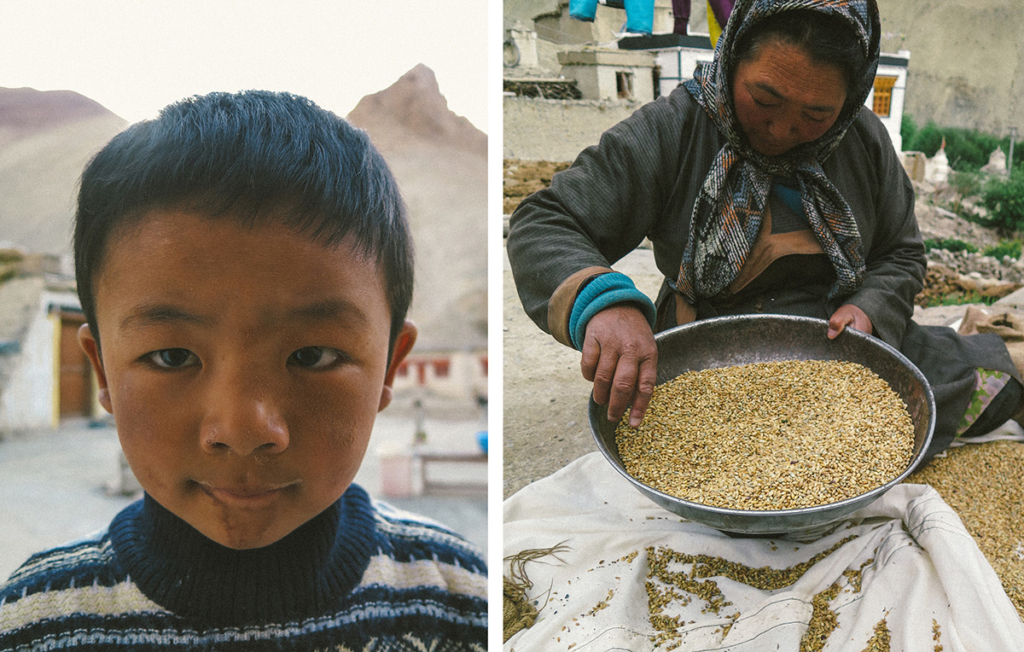
太陽西漸,我帶著再來一升茶的期待回家。卻看到老奶奶靠在門口,盤腿坐在大毯子上篩麥子。我坐在她身旁,看她靈巧地擺動著篩子。也許是對我的一動不動有點不滿意,她嘟囔著給了我一袋麥子,像是告訴我別只看不做。起初我只負責整理袋子,並把她身邊山丘一般的生麥子去皮,不過最後我被“提拔”去篩麥子了,她的手臂一下輕松不少。這可真是個苦活——絕對比去商店買包面粉要艱難——既要強壯的手臂、又要集中註意力防止漏過了泥沙。分揀好麥子後,她又去擠牛奶,再接著準備晚飯。我為老太太的精力驚嘆;我的雙腿在快速溜達之後已感到疲乏,一直渴望著一杯熱茶。毫無疑問他們過著無憂無慮的簡單生活——但即使最簡單的生活也需要一定程度的自制和勞動。不過,看到孩子們邊嚼著生麥子邊幫奶奶提一桶桶的牛奶,這樣的辛勤勞作也算值了。我在外面待了一會兒,望著布滿繁星的天空,回想這一天的交談。那晚我享用了自制的 Skyu (拉達克式的土豆團),伴著偈頌的哼唱進入夢鄉。
早晨,我被同樣的一陣輕柔敲門聲叫醒,前一天那兩張掛著餅幹屑的臉現在塗上了巧克力。沒說一句話,他們伸出手帶我到客廳去。我和小跟班們坐在一起吃早餐,奶奶正在縫他們的一只襪子。突然間,我意識到他們似乎不曾匆忙地做任何事,就淡然地接受時間的流逝。兩個小家夥的眼睛總是閃爍著好奇心,我感到有那麽一點好奇心也轉移到了自己體內。我暗想這樣既自由又困於一個去任何面包房、學校或醫院都要走上十個小時的山谷裏,是怎樣的成長體驗。遠離時下的科技發展和時尚潮流,卻又完全地活在當下。他們慢節奏的簡樸生活讓我反思自己對自身需求的過度重視;他們真誠的笑容和簡單的好奇心激勵著我去欣賞平凡。當我真正設身處地為拉達克人民思考時,我們之間便建立起了一條紐帶——即便在市井嘈雜中。早餐後不久,我揮別這片山谷間的寧靜之地,那兩個孩子從同一扇向我問過好的黃色框窗戶裏朝我喊道“再見”,他們的小臉終於幹凈了。我繼續我的旅程,決心要在落日前到達下一個村子,希望趕得上茶和小餅幹。
Kim is a travel & surf writer who has spent the past nine years living off his backpack and exploring the interrelations between places & people from all corners of the globe, so to unveil meaningful connections within nature. He writes surf-related articles, travel memoirs, and researched essays that conjoin personal experiences with sociocultural and environmental peculiarities from the places he visited. He’s the editor of The History of Something, a regular contributor to Surf Simply Magazine, and an advocate of minimalist photography.
Kim 是一位旅行與沖浪寫作者,過去九年來一直背包行走,開拓世界各個角落裏人與場所之間的關系,以此來揭開與自然之間意味深重的聯系。他寫關於沖浪、旅行回憶的文章,以及結合了他的私人經驗、社會文化和當地特色的研究隨筆。Kim 是 The History of Something 的編輯,供稿於 Surf Simply Magazine,同時也是極簡主義攝影的擁護者。
Website: www.kimfeldmann.portfoliobox.net
Instagram: @kimmfeldmann
Email: kimmfeldmann@gmail.com
